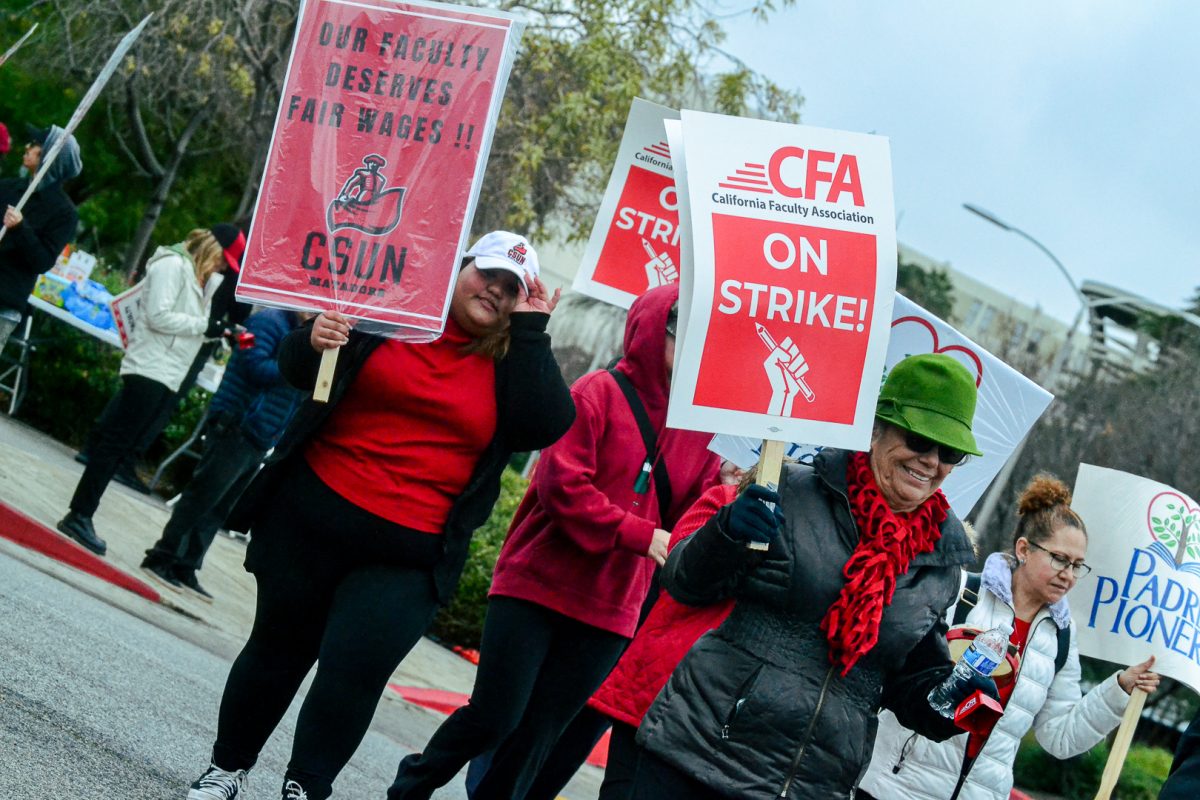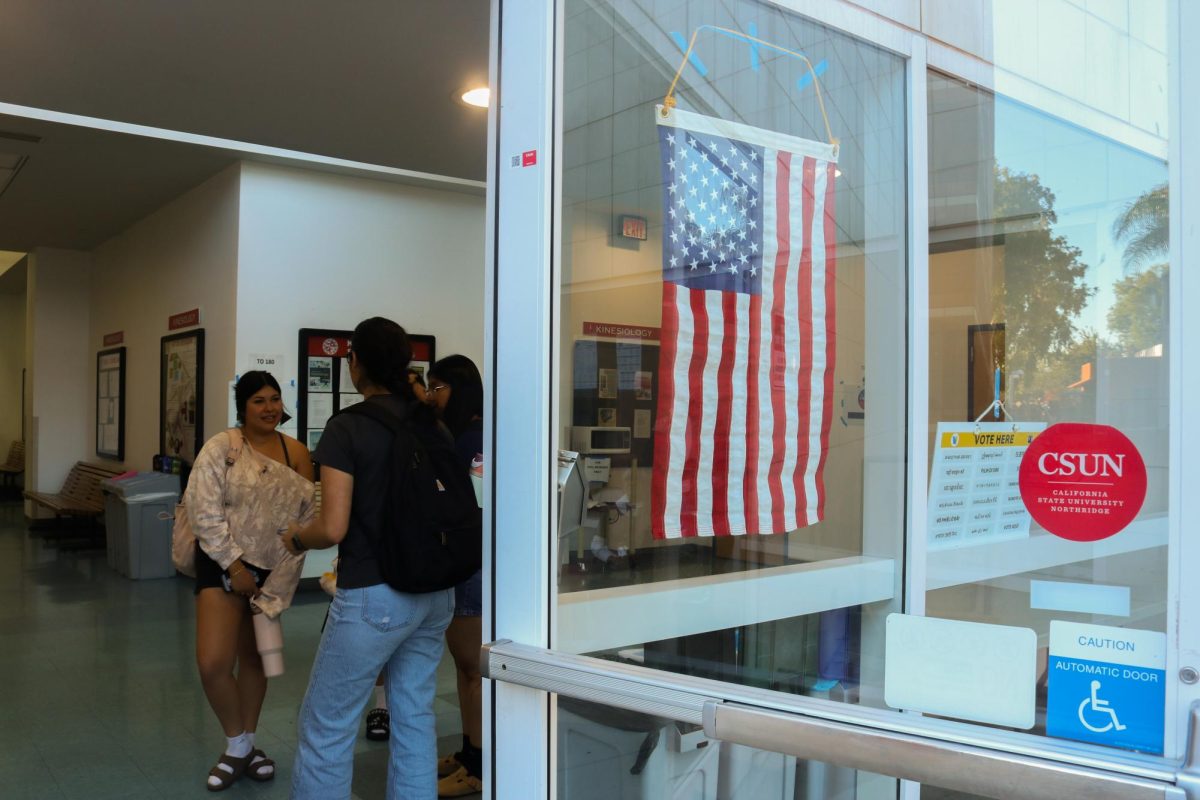Two weeks ago, thousands of California State University students were left confused and disappointed after the supposed five-day strike ended after its first day.
The system-wide strike took place Monday, Jan. 22 when thousands of faculty members from across the state walked off the job after negotiations with the CSU fell through for a 12% salary increase for all staff (alongside other demands, such as longer maternity leave and having a union representative be present if a faculty member is ever interrogated by the authorities).
The strike was started by the California Faculty Association, a union which represents 29,000 faculty members from across 23 campuses, after their demands were not met. The strike was expected to last from Jan. 22 through Jan. 26, when the first week of classes would have been canceled. However, the CFA and the CSU came to a tentative agreement after the first day of the strike, coming as a surprise to many students.
A tentative agreement is a step in negotiations that is not official or definite by both parties, the union and CSU management in this case, but is the first step toward new agreements. The CFA is planning to ratify a contract in the following weeks.
Angela Luiten, a senior majoring in recreation at CSU Long Beach, was one of the few students who knew about the strike prior to the beginning of the spring semester.
“I was sort of surprised, but knew about the strike at the end of the prior semester, so it was not too much of a shock,” said Luiten. “But obviously, I was excited to have another week off of school and happy the teachers were trying to make a difference.”
Nate Carino, a junior majoring in film production at CSUN, was glad that an agreement was made.
“It didn’t last very long, but that is realistically a good thing,” said Carino. “Because the way I see it, that means [the union members] got their point across with the strike.”
However, not all students were happy with the agreement, such as Nafina Raha, a junior who is double majoring in gender and women’s studies and Asian American studies.
“I’m really disappointed that it ended early because I feel like the CFA leadership made a really terrible agreement that doesn’t really reflect the sentiment of the faculty,” said Raha, who is also an instructional student worker for CSUN.
“I think a lot of students aren’t really informed about why the strike was happening, so they’re confused.” Raha went on to state, “That’s also deliberate on the part of the CSU for not informing students because they want to put students and faculty against each other.”
Even though most of the students had not read the tentative agreements that many union members were protesting for, some were excited about the ones they heard about.
“I did not read [the tentative agreement] myself but I heard my classmates talk about them,” said Luiten. “I am excited for the staff and especially love the longer maternity leave – something I think the United States lacks. But also, these raises need to be from a different allocation of money and not from students’ tuition.”
The proposed tentative agreement involves a 5% increase for all faculty on July 1 of this year, along with a retroactive increase from July 1, 2023. The agreement also includes a longer extension of paid parental leave from six weeks to 10 weeks, the accessibility to a union representative with campus police, and a greater accessibility to lactation areas and gender-neutral restrooms.
The tentative agreement has yet to be ratified, and CFA members will be able to vote on the agreement within the coming months.
“I [would] absolutely stand with faculty, and I think they would be justified in doing another strike because they didn’t get what they were striking for in the first place” said Raha. “I think it’s really important for students to understand why faculty are striking because solidarity is really important in a time like this.”






